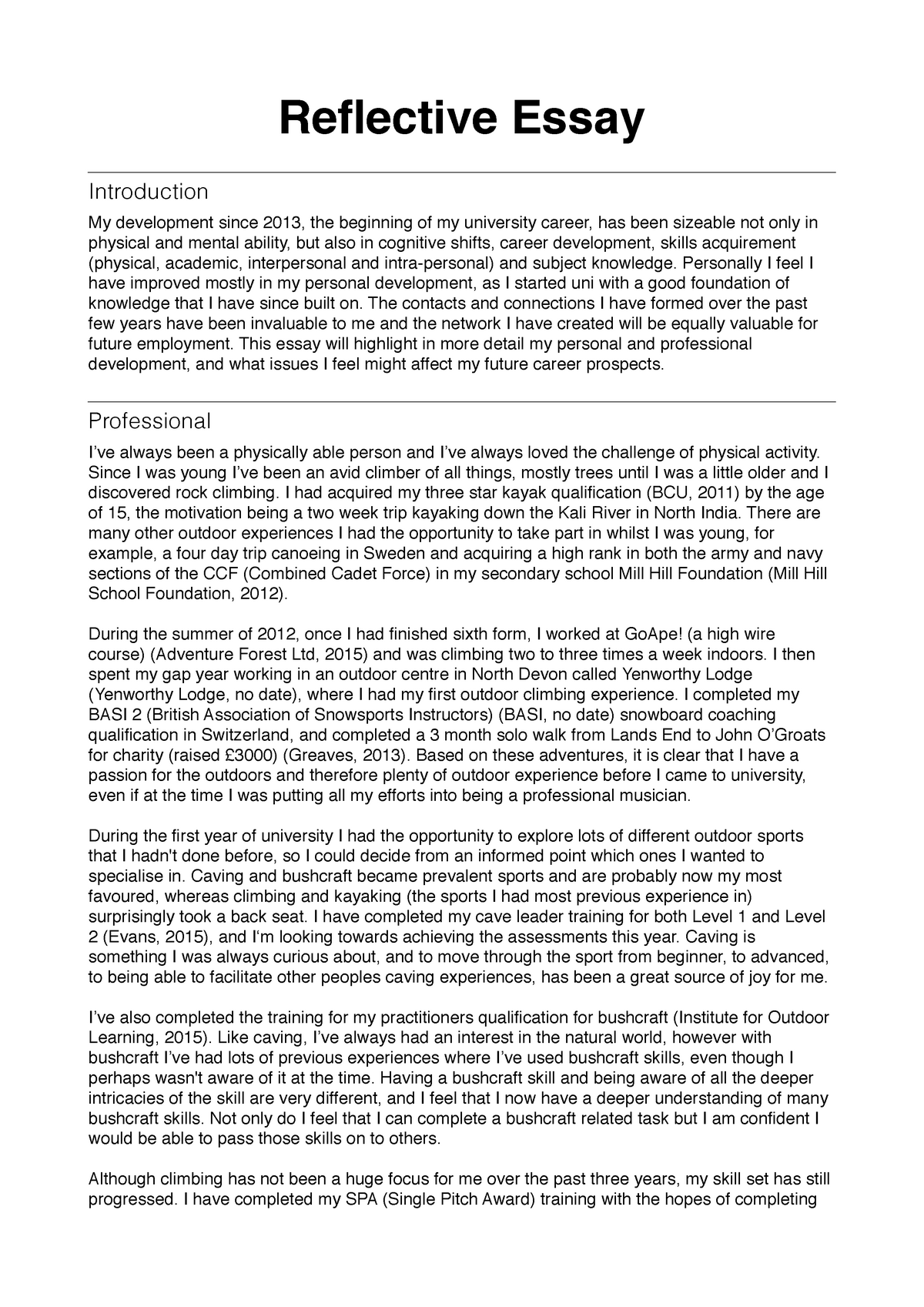
I did notice that the exhibitor area was enormous and it would take someone like six hours if one were to visit all the booths. The convention center was not only clean but easy to navigate. Over the years, I have heard a lot of stories about the international quilt festival, and this time I had to witness the event at the George R. General Impression and Experience of Visiting the Show The event organizers should always remember that the festival is an international one hence everyone in the event would feel more appreciated. Additionally, the event needs to introduce favorite foods, dance, and music from other cultures like in the old days. Also, the higher rates make it hard to afford food, and this contributes to some of the individuals losing the value of the quilt festival. However, the couple complained that the ticket prices increase each year from as low as five dollars to eighteen dollars. The event display quilts from as early as the 1800s, and this makes the couple proud of their heritage in that Americans have been known for sewing together pieces of fabric to design quilts this connects them with the country's history because they have attended the festival since 1970. Also, the couple was elderly, and attending any quilt festival reminds them of the American's history. Moreover, the couple claimed that in all quilt festivals one could not get enough of what the quilt makers do with thread and fabric. Secondly, the couple loves art, and the best place they can see a unique art is at a quilt festival.
#REFLECTION ESSAY EXAMPLE FULL#
First, the couple expects that in a quilt festival there are numerous vendors thus one can purchase unique items, the couple claimed that one should always wear sensible shoes and carries a wallet because the event is full of surprises. The couple claimed that the festival in Houston was not their first, and they knew what to expect. I had a chance to interact with a couple who had their reasons for attending the festival.

According to Jones, the event attracts individuals from all over the world, and this makes it easier for her quilts to communicate her message of international headlines across the globe. Nevertheless, the exhibitor believes that participating at the event will raise awareness of human rights around the world. Besides, culture encompasses individuals' ways of being, acting, knowing, and creating this can be best expressed through public displays such as quilts.

More so, she argued quilting affords her a chance for creating a material culture hence she perceives the event as a facet of culture and society.Īlso, the exhibitor claimed that her work borrows from popular culture and cultural studies.

The exhibitor claimed that she came to the show because quilting offers a platform for educating, expressing and challenging ideas. Moreover, her displays touched on the themes that describe the international headlines, for instance, environmental issues, immigration, racial and ethnic tolerance, refugees and fair labor practices. She had organized an exhibit of forty-two quilts aimed at celebrating the 50th anniversary of the United Nation's Universal Declaration of Human Rights. Interaction with an Exhibitorĭuring the event, I was able to interact with one of the exhibitors Susanne Miller-Jones.
#REFLECTION ESSAY EXAMPLE REGISTRATION#
Also, the membership registration gives one access to an official IQA card and a free online subscription to a quarterly journal and Teachers Directory, the chance to join the annual Judged show, and opportunity to apply grant for quilt-related projects among other privileges. The dues are payable by check that is drawn on a US bank or by credit card. The yearly fees are twenty dollars for one year and seventy-five dollars lasting three years. The membership to the association is always open to persons interested in quilts and quilting.

Over the years, the International Quilt Association (IQA), has remained the only global non-profit organization that is committed to the preservation and the art of quilting, the spread of the state of art across the world as well as the achievement of public credit for quilting as a form of art (Cowen, 2018).


 0 kommentar(er)
0 kommentar(er)
